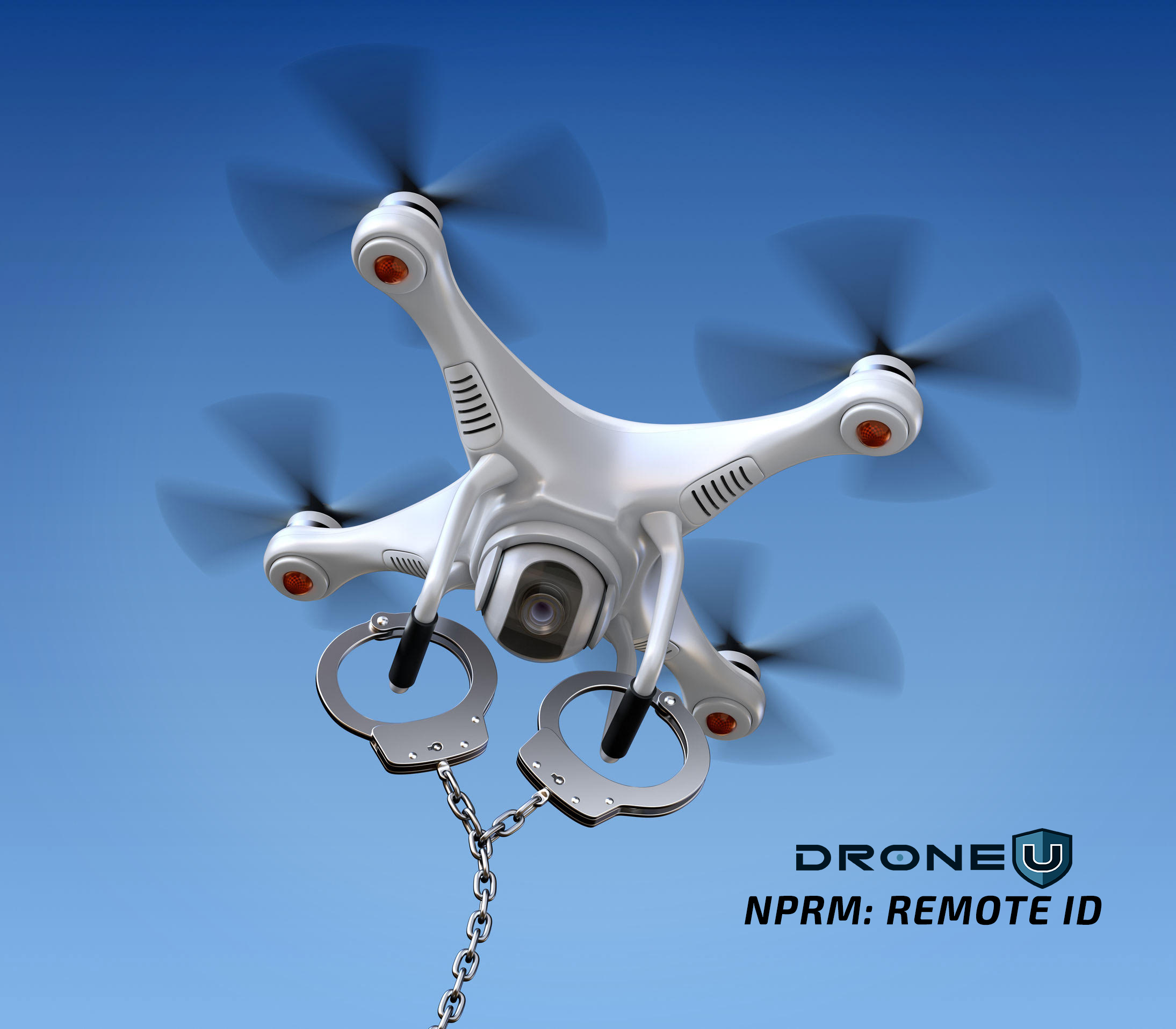I was actually a little disappointed in that article. His main objections seem to be:
- Operator location data being made publicly visible by the USS could endanger operators;
- Cost of the USS subscription ($2.50 / month);
- Huge cellular data costs;
- Inability to conduct some kinds of operations (especially commercial) under option 2 (Limited Remote Identification - internet connection only).
(1). That's arguable - the case can certainly be made that such information should be restricted to ATC/LE - but he weakens his case by saying that he and his VO always wear high-visibility vests and want people to be able to find them.
(2). $2.50 doesn't seem like it should be a significant cost to anyone flying a 0.55 + lb UAV, although by analogy with the LAANC system one could argue for it being a free service. Judging by the success of the Mini, I would expect that the low cost UAV market is rapidly going to be dominated by small aircraft that don't fall under this proposal at all.
(3). This is simply incorrect - the quantity of data proposed to be transmitted is tiny. The required elements are, conservatively, not going to exceed 15 bytes. Even if it transmits those at the ADS-B rate of 1 Hz, which seems unnecessarily high, that's just 15 kB over a 1000 second flight.
(4). Quite true, but no one attempting to conduct those kinds of operations is likely to be using a Limited Remote Identification aircraft.
Beyond that, he says that he is pro UAS Remote ID, but doesn't give any suggestions for how this could be done better other than limiting the use of operator location data.












